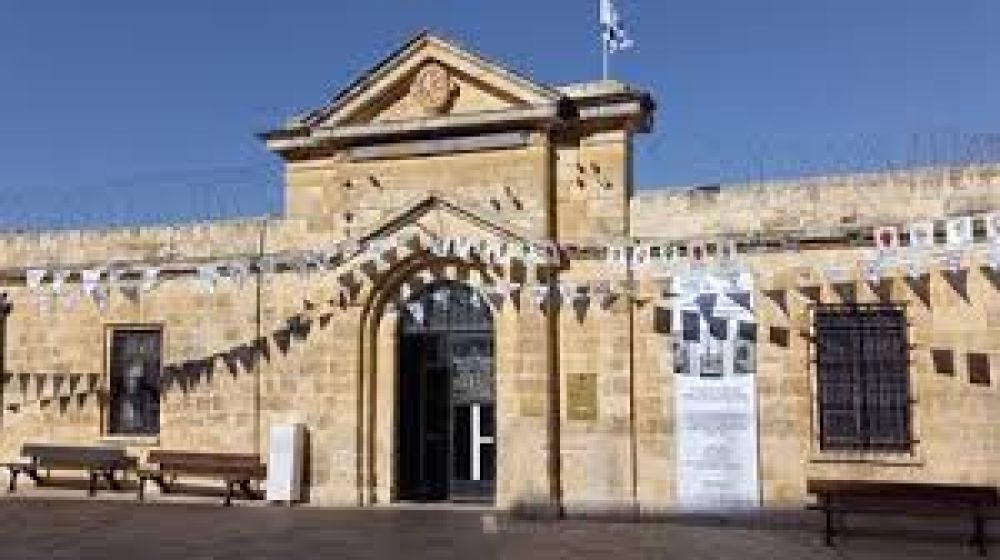

The city of Acre (Akko) in Israel is steeped in a rich historical background that spans centuries. Known for its well-preserved ancient city structures, Acre has been a site of significant human settlement for thousands of years. It is a city that has been conquered and influenced by various civilizations including the Canaanites, Greeks, Romans, Crusaders, Ottomans, and the British Empire.
The Underground Prisoners Museum specifically commemorates the Jewish underground prisoners held here during the British Mandate period. The building that houses the museum was originally built by the Ottomans and has served multiple purposes throughout its history. It was later used by the British as a prison to incarcerate Jewish resistance fighters who were fighting for the establishment of the State of Israel.
Tourism in Acre, and particularly to the Underground Prisoners Museum, began to gain traction post the establishment of the State of Israel in 1948. As the site where numerous fighters were imprisoned, and in some cases executed, it became an important site of pilgrimage for Israelis and Jewish visitors worldwide. The museum showcases the history of the Jewish underground organizations - Haganah, Irgun, and Lehi - and pays tribute to their efforts in the eventual creation of the Israeli state.
Visitors to the museum can explore the cells, gallows, and exhibits that tell the personal stories of the prisoners and their fight for independence. Walking through the historical corridors, guests are taken back to a time that was fraught with conflict and heroism. The exhibits include documents, photographs, and personal belongings of the prisoners, providing a vivid depiction of the period.
In recent years, the trend in tourism has shifted towards authentic and meaningful experiences, with an emphasis on learning and understanding historical contexts. The Underground Prisoners Museum fits well into this trend, as it offers an intense historical experience, enabling visitors to connect with the struggles that shaped the state of Israel.
Additionally, there has been an increased focus on sustainable tourism practices. Acre, as a UNESCO World Heritage Site, has taken measures to preserve its ancient structures, including the museum, ensuring that tourism does not negatively impact the historical integrity of the location.
The city of Acre is now easily accessible by various methods of transportation, making the museum increasingly visited by tourists. Furthermore, educational programs and cultural events continue to draw attention to the museum and the history of Acre.
In summary, the Underground Prisoners Museum is not just a site of remembrance, but also a testament to the resilience and courage of the Jewish resistance. It acts as a powerful educational resource that resonates with contemporary audiences interested in the pivotal moments of Israel's formative years. As tourism trends evolve, the museum maintains its relevance by providing a profound historical narrative that is both engaging and enlightening.